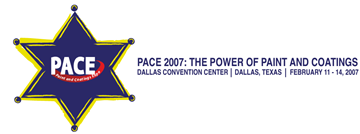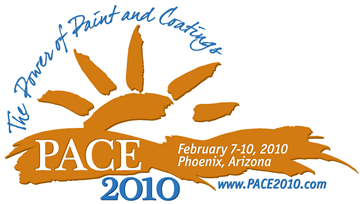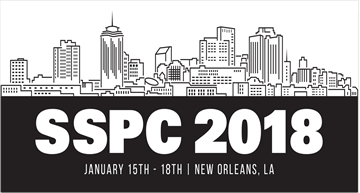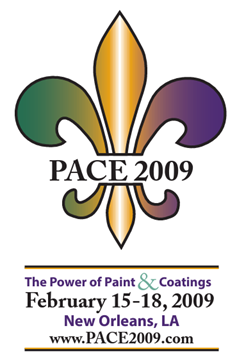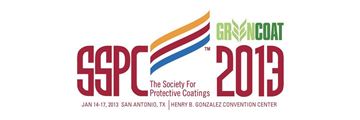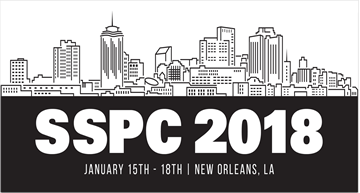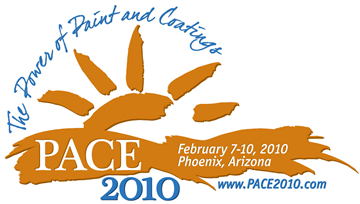Search
SSPC Conference Papers
Legacy SSPC Conference Papers
View as
Sort by
Display
per page
Accuracy and Linearity of Sling and Digital Psychrometers
Product Number:
41207-367-SG
Publication Date:
2007
$20.00
Activated Zinc Technology; Making Zinc-Rich Epoxies Work Better for the Applicator and the Owner
Product Number:
41216-985-SG
Publication Date:
2016
$20.00
Additives for Environmentally Friendly Coatings
Product Number:
41210-534-SG
Publication Date:
2010
$20.00
Adhesion Failure Mode Analysis: Cyclic Peel Testing in Synthetic Sea Water
Product Number:
41209-482-SG
Publication Date:
2009
$20.00
Adhesion Measurements of Coatings on Cylindrical Steel Pipes: Variability & Significance
Product Number:
41214-815-SG
Publication Date:
2014
$20.00
Adhesion Tests and Failure Modes Study on Structural Steel Coatings
Product Number:
41213-771-SG
Publication Date:
2013
$20.00
Advanced Corrosion Assessment Techniques Used to Prioritize Maintenance of NASA Wind Tunnels
Product Number:
51219-185-SG
Publication Date:
2019
$20.00
Advanced Technology in Field Applied Thermoplastics for Corrosion: Protection Superior to Thermoset Coating Systems
Product Number:
41205-195-SG
Publication Date:
2005
$20.00
Advances in Fluoropolymer Resins for Long Life Coatings
Product Number:
41210-532-SG
Publication Date:
2010
$20.00
Advances in Fluoropolymer Resins for Long-Life Coatings
Product Number:
41206-230-SG
Publication Date:
2006
$20.00

